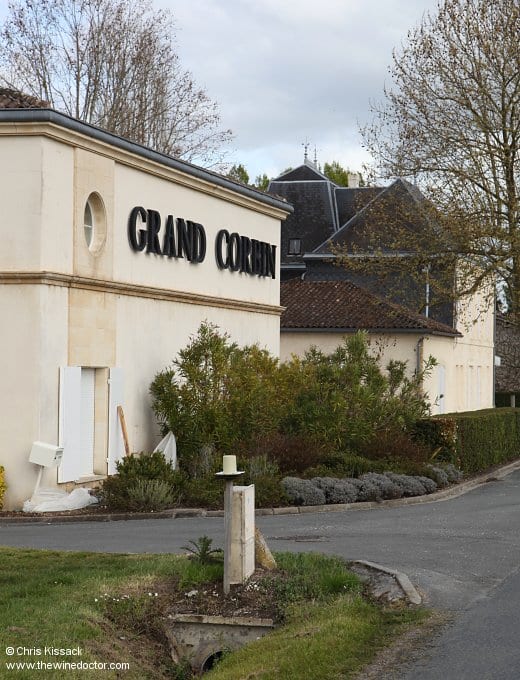Château Grand Corbin
The story of Château Grand Corbin dates back many centuries, when the land belonged to the seigneurie of Corbin. This extensive estate was the origin of various domaines in this corner of St Emilion, many of which clearly declare this in their names. Château Grand Corbin is one of them, but other nearby estates include Château Corbin, Château Grand Corbin-Despagne, Château Corbin-Michotte and Château Grand Corbin Manuel, to name but a handful. With a common origin, many of these châteaux share much of their early history, which I present here. If this all seems too familiar, skip forward to the final two paragraphs on this page, where I pick up the story of the creation of Château Grand Corbin.
Origins
In order to have as full an understanding of this domaine (indeed, all these domaines) as is possible, we should first look back into their past, to the time of the Corbin seigneurie. This was a huge estate, the earliest records concerning which date to the 13th century, when Arnaud de Corbin was seigneur in the 1270s. It was very important seat in the region, and in the near proximity only the Figeac seigneurie was more significant. Its grandeur may well have been matched by the status of the seigneur; it is said by some to have subsequently come into the possession of Edward of Woodstock (1330 – 1376), not uncommonly referred to as the Black Prince, and the son of King Edward III of England (1312 – 1377).

